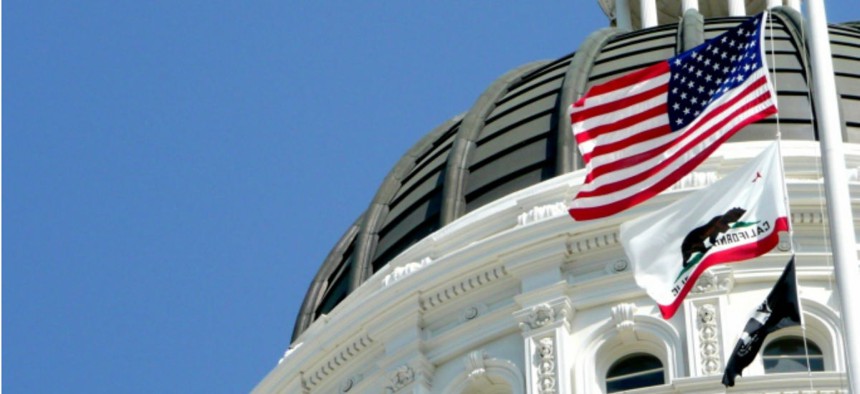
Thinkstock
How to Build Better State and Local Partnerships
Some are wary of federal programs that dictate solutions rather than cooperation.
For many federal agencies, working with state and local stakeholders is a must. They simply can’t achieve their mission without state and local collaboration and participation. While building those partnerships is important, it certainly isn’t easy. Given the federal nature of our government, there are a few key issues you need to overcome to build a truly productive partnership. State and local stakeholders:
Are geographically dispersed and that can inhibit your ability to collaborate, build relationships, and create momentum. Unfortunately funding for travel at the state and locals levels is tight or nonexistent. In many cases, federal programs can fund state and local government officials travel or you can go to meet them on their home turf. Do what you can to get out and meet people face to face, but there are ways to keep collaboration going without the costs of travel. Low-cost technologies like wikis can allow stakeholders to interact and provide input without being physically present. We’ve successfully used wikis across multiple clients to gather input on the stakeholders’ own time while dramatically reducing travel costs.
Operate under their own set of rules. Don’t forget that state and local employees have administrations, legislatures, governors, mayors, county executives, etc. to answer to. They have their own budget cycles and own local rules and regulations. For instance the legislature in Montana, Nevada, North Dakota and Texas only meet every other year. That reality obviously affects their ability to quickly pass legislation. You need to understand these local nuances and adapt your strategy accordingly.
Have their own stakeholders and interests to worry about. Many federal programs assume that state and local stakeholders share the same concerns that they do. While that might be true, it isn’t a given. States and localities represent their own citizens and stakeholders who might see the situation differently than your government program. It is essential that you work to understand the interests of your state and local stakeholders up front and find places where they dovetail with your own. Be sensitive to their perception that federal programs might be tempted to dictate solutions rather than cooperation. We had one client who insisted on reordering the phrase, “federal, state and local” to “local, state, and federal” in every document as a signal that he was building his strategy from the local level up. Once you find that alignment you can move things forward quickly and get traction for your initiative.
Working with stakeholders at other levels of government can be one of the most rewarding and productive parts of working in a federal program. When you take the time to build true partnerships, you can create real change. For more information, check out our stakeholder outreach infographic. How do you work with state and local stakeholders?







